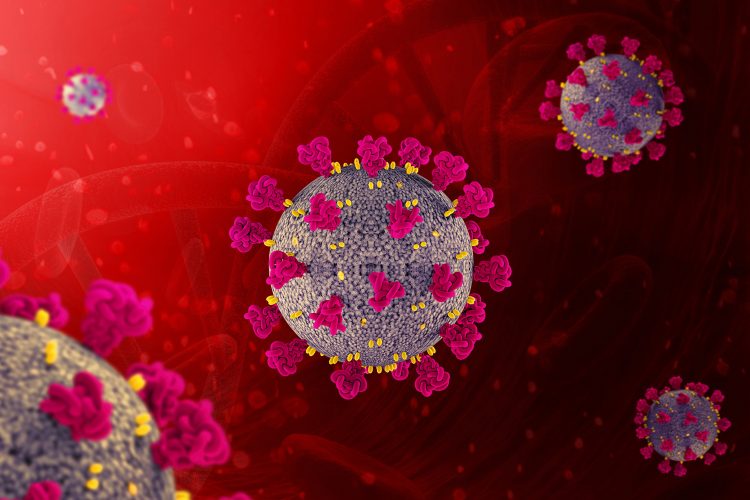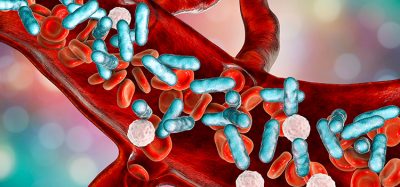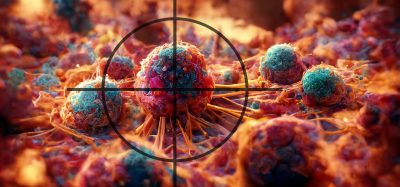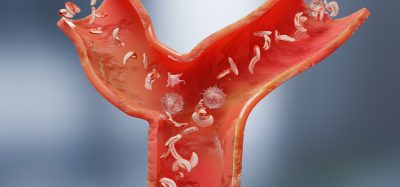Mapping the immune response to COVID-19
Posted: 17 March 2020 | Hannah Balfour (Drug Target Review) | No comments yet
Researchers reveal that a broad range of immune cells react to COVID-19 and aid recovery, findings which could inform the development of a potential vaccine.


Researchers have mapped the immune response of an otherwise healthy patient with mild to moderate COVID-19 symptoms. The team hope their work could be used for researching vaccines by improving understanding of how and why some patients suffer mild to moderate symptoms (approximately 80 percent) and some die from the coronavirus.
The scientists from Australia’s Peter Doherty Institute for Infection and Immunity (Doherty Institute) tested blood samples from an otherwise healthy female COVID-19 patient in her 40s at four different time points. Their paper, published in Nature Communications, reveals that the patient’s immune system responded to the virus similarly to how they would influenza, with a broad range of cells implicated in recovery – they say this could contribute to the development of a novel vaccine.
People can use our methods to understand the immune responses in larger COVID-19 cohorts and also understand what’s lacking in those who have fatal outcomes”
“We looked at the whole breadth of the immune response in this patient using the knowledge we have built over many years of looking at immune responses in patients hospitalised with influenza,” said Dr Oanh Nguyen, one of the authors of the paper and a research fellow at the Doherty Institute. “Three days after the patient was admitted, we saw large populations of several immune cells, which are often a tell-tale sign of recovery during seasonal influenza infection, so we predicted that the patient would recover in three days, which is what happened.”
According to the team, their research was facilitated by the Sentinel Travellers and Research Preparedness for Emerging Infectious Disease (SETREP-ID) platform which enables a broad range of biological sampling to take place in travellers returning to Australia when there is a new and unexpected infectious disease outbreak, such as COVID-19.
“When COVID-19 emerged, we already had ethics and protocols in place so we could rapidly start looking at the virus and immune system in great detail,” explained leader of the platform, Dr Irani Thevarajan, from the Doherty Institute. “Already established at a number of Melbourne hospitals, we now plan to roll out SETREP-ID as a national study.”
Nguyen worked together with University of Melbourne Professor Katherine Kedzierska, a laboratory head at the Doherty Institute and a world-leading influenza immunology researcher as well as other colleagues to dissect the immune response which led to successful recovery from COVID-19.
“We showed that even though COVID-19 is caused by a new virus, in an otherwise healthy person, a robust immune response across different cell types was associated with clinical recovery, similar to what we see in influenza,” Professor Kedzierska said.
“This is an incredible step forward in understanding what drives recovery of COVID-19. People can use our methods to understand the immune responses in larger COVID-19 cohorts and also understand what’s lacking in those who have fatal outcomes. We hope to now expand our work nationally and internationally to understand why some people die from COVID-19 and build further knowledge to assist in the rapid response of COVID-19 and future emerging viruses,” concluded the Professor.
Related topics
Analytical Techniques, Disease Research, Immunology, Research & Development
Related conditions
Coronavirus, Covid-19
Related organisations
Peter Doherty Institute for Infection and Immunity (Doherty Institute)
Related people
Dr Irani Thevarajan, Dr Oanh Nguyen, Professor Katherine Kedzierska








